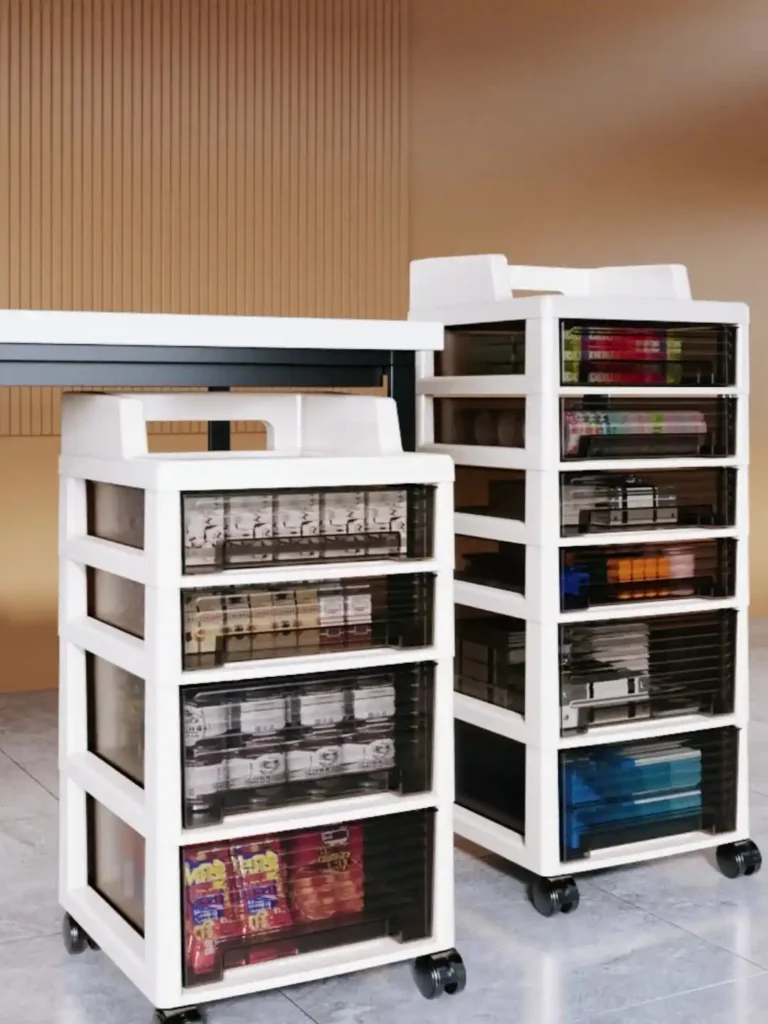In today’s modern household, having the right tools is essential for DIY projects, home maintenance, and outdoor tasks. However, owning a variety of tools means little if they’re disorganized or difficult to access. Choosing the right home tool storage equipment not only keeps your garage or workshop tidy but also improves efficiency, safety, and longevity of your tools.
This article will guide you through the key principles for selecting home tool storage solutions, with tips that align with Google SEO best practices to ensure this content reaches those who need it most.
1. Understand Your Needs
Before purchasing any storage solution, take stock of what you own:
- What types of tools do you have? (hand tools, power tools, gardening tools)
- How many tools are there?
- Do you frequently use them or store them long-term?
Understanding your needs helps avoid buying storage systems that are either too small or unnecessarily large.
2. Prioritize Space Efficiency
Most homes don’t have unlimited space for tool storage. Whether you’re working in a small garage, basement, or utility closet, maximizing vertical space and using modular designs can make a huge difference.
Space-saving options include:
- Wall-mounted pegboards
- Ceiling-mounted storage racks
- Stackable plastic bins or drawers
- Foldable workbenches with built-in storage
3. Consider Durability and Material Quality
Your storage system should protect your tools from dust, moisture, and damage. Look for materials such as:
- Steel cabinets for heavy-duty tools
- Plastic drawers for lightweight items and corrosion resistance
- Wood shelves for aesthetic appeal in visible areas
Durability also affects how well the storage unit holds up over time, especially in high-traffic areas like a garage or workshop.

4. Accessibility and Organization
A good storage system isn’t just about keeping things out of sight — it’s about making tools easy to find and retrieve.
Consider:
- Labeling shelves or drawers
- Grouping tools by function or frequency of use
- Using transparent containers for quick identification
Portable toolboxes or rolling carts are ideal for moving tools between locations without disrupting organization.
5. Safety First
Proper storage enhances safety by preventing accidents caused by clutter or improperly stored sharp or heavy objects. Key considerations include:
- Securing heavy cabinets to walls
- Storing hazardous tools (like saws or chemicals) out of reach of children
- Using non-slip mats or latches on drawers
6. Scalability and Flexibility
As your collection of tools grows, so should your storage. Opt for systems that allow expansion, such as:
- Modular shelving units
- Interchangeable drawer systems
- Adjustable wall storage hooks
These features provide flexibility to reconfigure your space as your needs change.
7. Aesthetic Appeal Matters
While functionality is key, integrating storage solutions that match your home’s style can enhance the overall look of your garage or workshop. Many modern storage units come in sleek designs and neutral colors that blend well with interior decor.
Conclusion: Choose Thoughtfully, Organize Effectively
Selecting the right home tool storage equipment involves balancing practicality, durability, and aesthetics. By following these principles — understanding your needs, optimizing space, ensuring accessibility and safety, and planning for future growth — you’ll create a more efficient and organized workspace.
Whether you’re a casual DIYer or a seasoned handyman, investing in the right storage system saves time, reduces frustration, and protects your investment in quality tools.